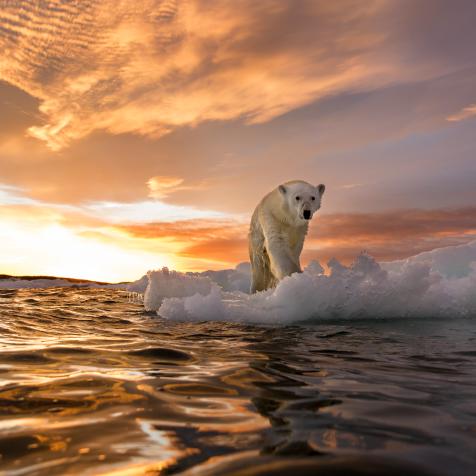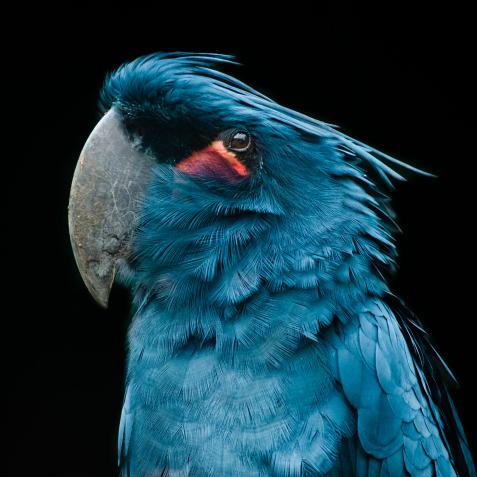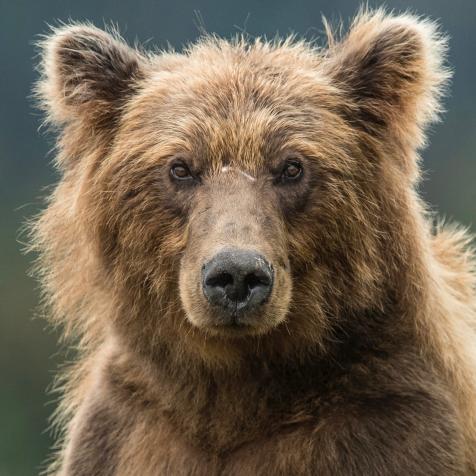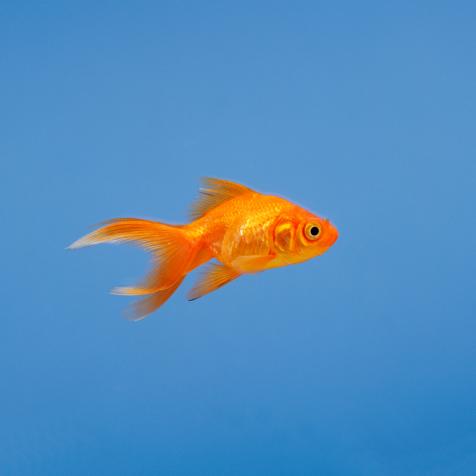
John Lund
Can Birds Warn Us About Natural Disasters?
Researchers think birds can hear hurricanes and tsunamis coming. Scientists are hoping to capitalize on that sixth sense to develop an early detection system to save lives.
Bar-tailed godwit birds migrate more than 8,500 miles between New Zealand and Alaska. While communities in Southeast Asia, French Polynesia, and the Pacific islands are frequently affected by major storms and natural disasters, these birds emerge from the journey each year, unscathed.
After French navy officer, Jerome Chardon heard a program about bar-tailed godwits on the radio, he was inspired. Could studying how godwits navigate coastal storms help save lives?

rockptarmigan
Bar-tailed godwit.
At the beginning of this year, a team from France’s National Museum of Natural History (NMNH) began experiments to explore Chardon’s idea. Funded by the French Ministry for the Armed Forces, the researchers tracked 56 birds across five species. Using cutting-edge technology, these tags transmitted the birds' location to the International Space Station (ISS) which bounced their location back to scientists who tracked their migration.
Scientists believe it is the birds' ability to hear infrasound — low-frequency sounds inaudible to humans — that allows the birds to sense storms and tsunamis coming.

Jason Edwards
Bar-tailed godwit migration in Australia.
A 2014 study showed birds dodged storms by listening to infrasound, evacuating a full 24 hours before any bad weather hit. If godwits can perceive infrasound generated by Pacific storms, tracking their movements to avoid natural disasters could serve as an early storm detection system for people.
The team's main focus is tsunamis. They want to tag hundreds more birds across the Pacific to continue collecting data on their movements. “I think if there is one wave that spreads across islands, yes, we should get data from different species at different locations to see if there are some convergent behaviors,” said Frédéric Jiguet, an ornithologist at NMNH. “That would definitely say it’s worth continuing to tag and to develop local systems to better analyze this.”
Even if the bird-based tsunami prediction system fails, the project will still help scientists protect this important species and improve conservation efforts.
For more on this topic, listen to the Curiosity Daily Podcast
Discovery's award-winning Curiosity Daily podcast will help you get smarter about the world around you — every day. In less than 10 minutes, you’ll get a unique mix of research-based life hacks, the latest science and technology news, and more.


















